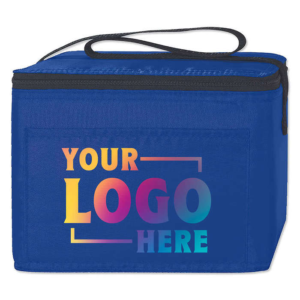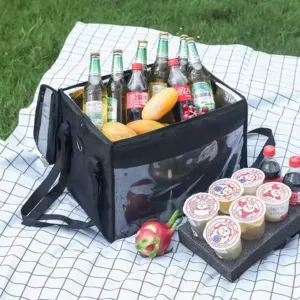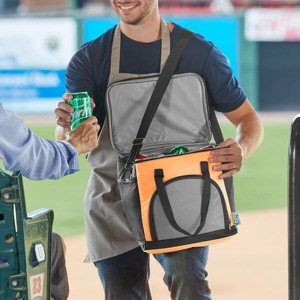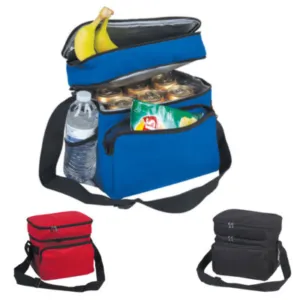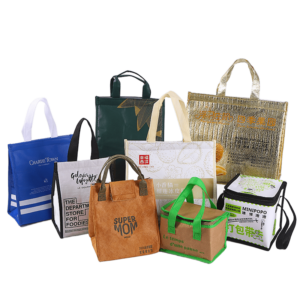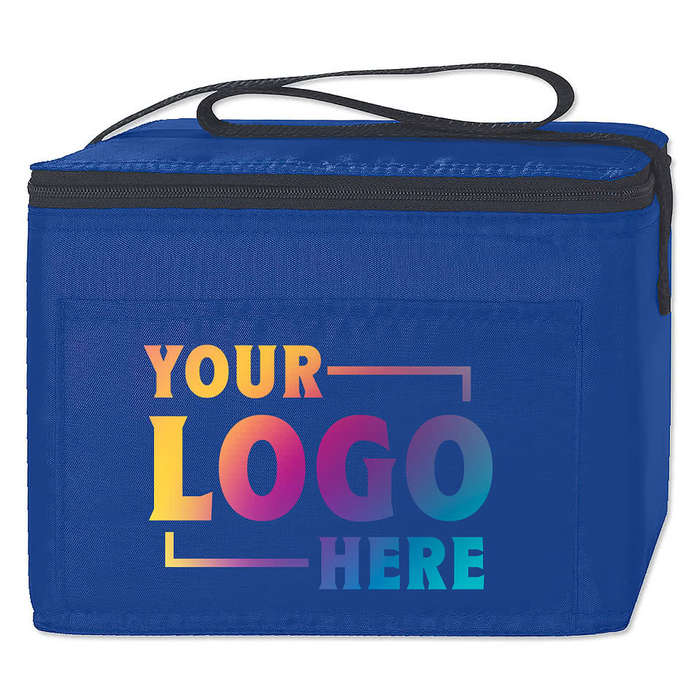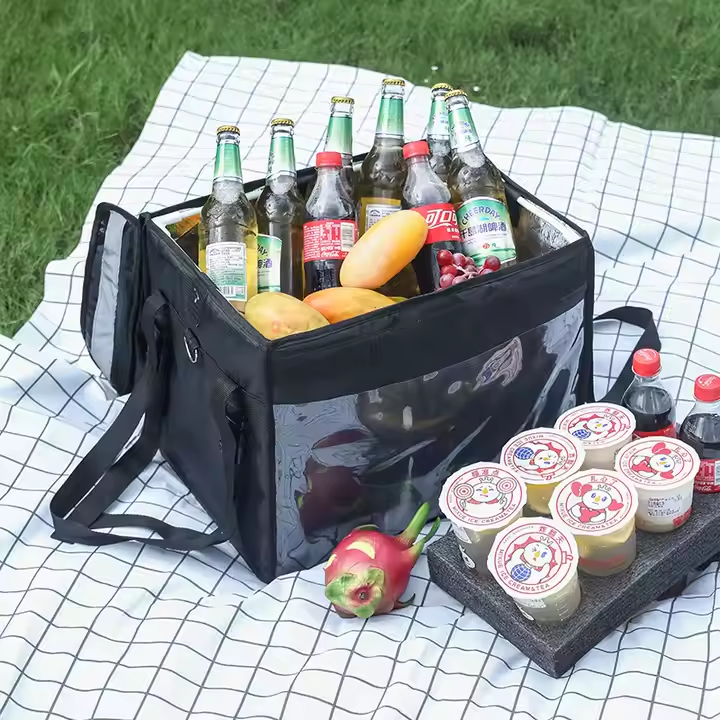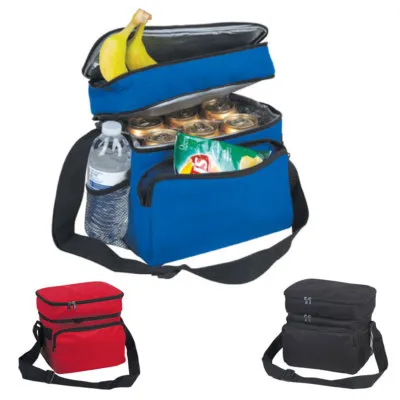This article explores nine proven strategies to improve insulation efficiency in cooler bag designs. It combines engineering principles with real-world use tips, ensuring your cooler bags keep items cold or warm for longer periods.
9 Tips for Improving Insulation Efficiency1 in Cooler Bag Designs
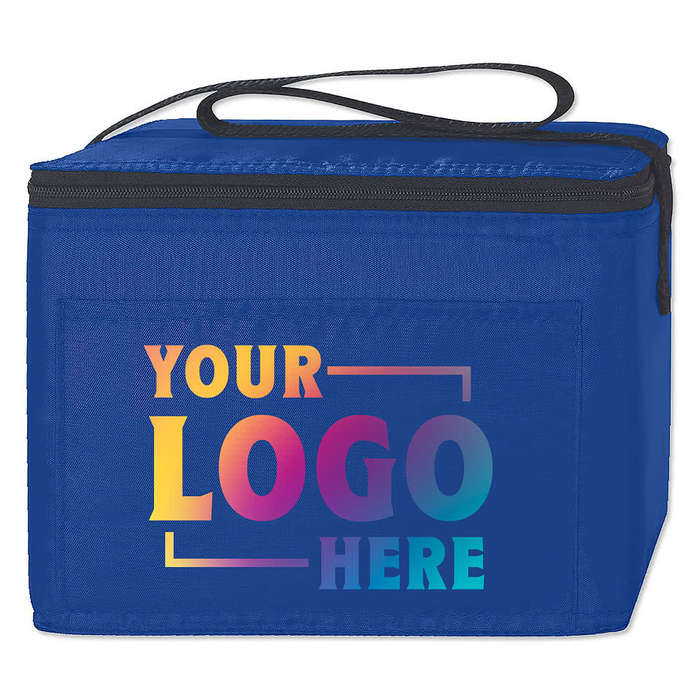
Use thick closed-cell foam, multiple layers, reflective liners, and proper packing techniques to improve insulation efficiency in cooler bags.
Smart design choices and good usage habits can dramatically extend cooling time. Let’s explore each factor in detail.
1. Use Thick Closed-Cell Foam Insulation2
Thick closed-cell foam is one of the best materials for cooler bags. A thickness of at least 6mm slows heat transfer effectively. This is because its structure contains tiny sealed air pockets, which are poor conductors of heat.
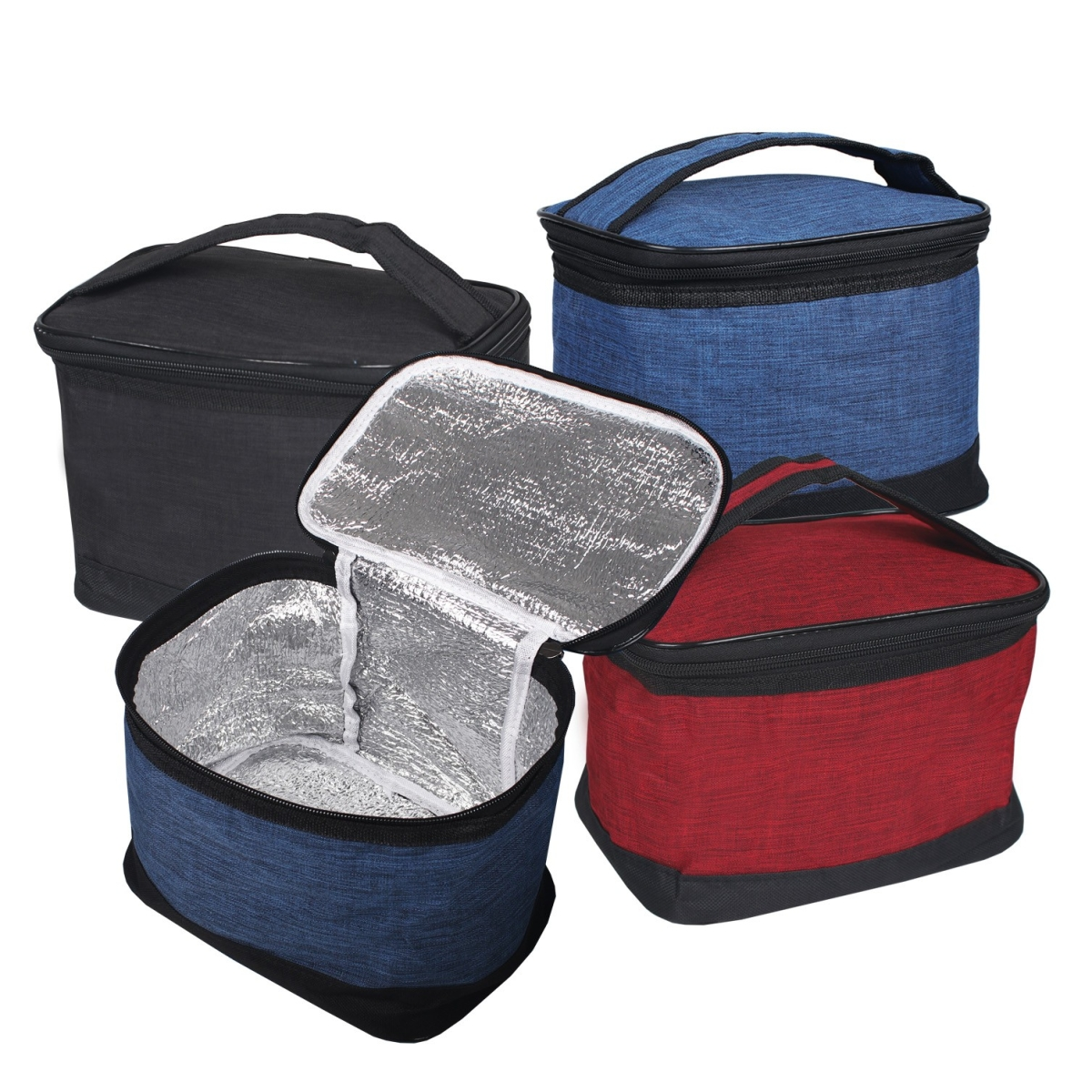
Why Thickness and Density Matter
Closed-cell foam with higher density retains cold for longer than thin, single-layer foam. This is due to reduced pathways for heat to pass through. Choosing foam with a density above 45 kg/m³ is a good starting point.
| Foam Type | Thickness | Insulation Rating | Typical Use Case |
|---|---|---|---|
| Basic Closed-Cell PE | 4mm | Medium | Budget cooler bags |
| High-Density PE Foam | 6-8mm | High | Premium cooler bags |
| EVA Foam | 6mm | Very High | Outdoor and camping gear |
Thicker foam can slightly reduce internal storage volume, but the trade-off in insulation performance is worth it for most professional and retail applications.
2. Incorporate Multiple Insulation Layers
A multi-layer sandwich design improves insulation efficiency. Combining foam, reflective films, and protective fabrics minimizes heat transfer through conduction, convection, and radiation.
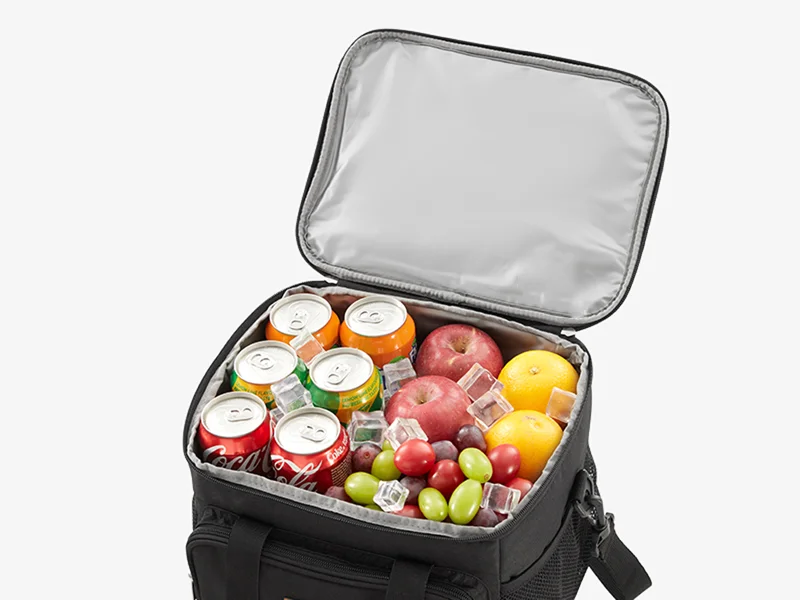
Layering for Maximum Efficiency
Each layer serves a different purpose. Foam slows conductive heat. A reflective layer bounces radiant heat. A durable outer fabric protects the inner layers.
For commercial designs, a 3-layer core (foam + reflective film + inner liner) inside a sturdy fabric shell is a reliable choice.
| Layer | Function | Material Example |
|---|---|---|
| Outer Layer | Physical protection, UV resistance | Polyester, nylon |
| Middle Layer | Thermal resistance | Closed-cell foam |
| Inner Layer | Reflects radiant heat, food safe | Aluminized Mylar |
Proper bonding between layers prevents air pockets that could reduce insulation.
3. Add Reflective Foil Facing Inside
Adding a reflective foil layer on the interior surface can significantly improve heat resistance. Aluminized Mylar or space blanket material works well.

How Reflective Foil Works
Reflective materials do not absorb heat easily. Instead, they redirect radiant energy away from the cooler’s contents. This is especially important in sunny outdoor environments.
For best results, the reflective foil should face inward toward the items, separated by foam insulation. This configuration reflects external radiant heat while keeping internal temperatures stable.
4. Pre-Chill the Bag3 and Items
Cooling the cooler bag itself before use helps keep items cold longer. Placing the bag in a cold environment or filling it with ice packs for an hour can make a big difference.

Benefits of Pre-Chilling
When the cooler starts cold, it absorbs less heat from the stored items. Pre-chilled items also reduce the initial temperature load, extending the time food or drinks stay cold.
This step is simple but highly effective, especially for long trips or commercial food delivery.
5. Fill Empty Spaces to Prevent Air Gaps
Air gaps inside the bag allow convection currents to form, speeding up heat transfer. Filling unused space with cold packs or extra insulation helps maintain a stable internal temperature.
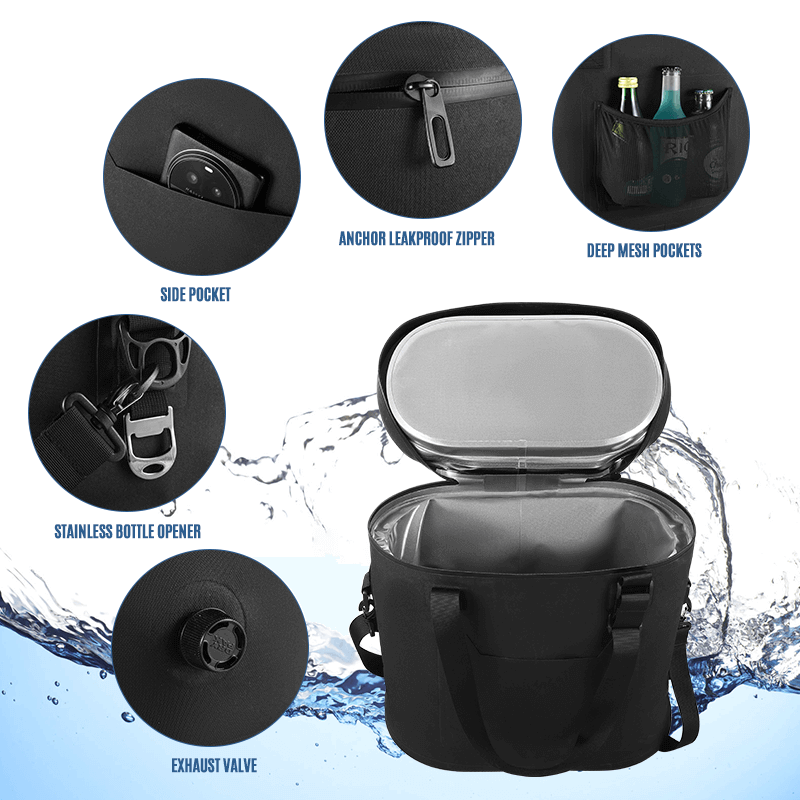
Packing for Efficiency
Arrange contents tightly. Use dividers or spare ice packs to fill voids. In professional use, modular containers that fit the cooler’s dimensions can maximize efficiency.
| Packing Strategy | Benefit |
|---|---|
| Tight packing | Reduces internal air circulation |
| Use of ice packs | Adds extra cold mass |
| Dividers and inserts | Keeps items organized and insulated |
6. Keep the Cooler Bag in the Shade4
Heat from direct sunlight increases the rate of warming inside the bag. Keeping the cooler in a shaded location can extend cooling time significantly.

Additional Exterior Protection
If shade is not available, use reflective covers or place a light-colored cloth over the bag. Reflective materials on the exterior fabric can further reduce heat absorption.
7. Use Double or Multi-Layer Construction
Double insulation layers with an outer protective material can maintain thermal resistance over time and protect against wear and tear.

Durability and Performance
The outer shell absorbs physical impacts and UV damage, while inner insulation layers stay intact. This design is especially valuable for bags used in delivery services and outdoor sports.
8. Seal the Bag Properly and Open Minimally
Every time the cooler is opened, cold air escapes, and warm air enters. Keeping the lid sealed and minimizing openings preserves internal temperature.
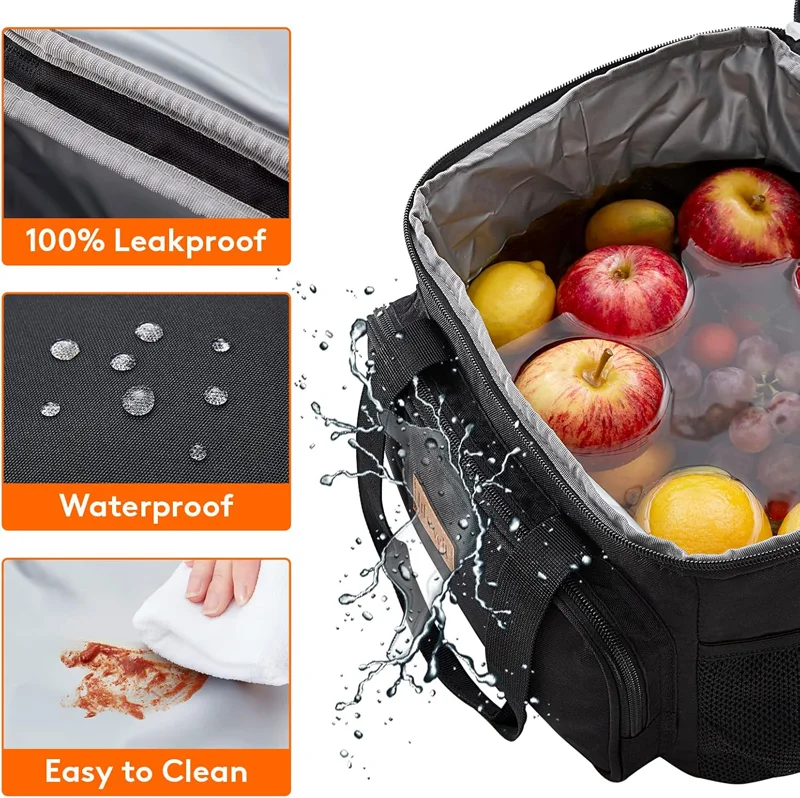
Seal Quality Matters
High-quality zippers, Velcro flaps, or airtight closures help prevent leaks. In delivery applications, quick-access compartments can reduce heat loss without fully opening the main section.
9. Maintain and Clean Regularly5
Dirt, mold, or moisture can degrade insulation materials. Keeping the cooler bag clean and dry prolongs its effectiveness.

Maintenance Tips
Always air-dry the cooler after cleaning. Store in a dry place away from direct sunlight. Regular checks for tears or compression damage help maintain insulation performance.
Conclusion
Improving cooler bag insulation efficiency is about combining smart material choices with good usage habits. Thick closed-cell foam, multi-layer designs, and reflective interiors create a strong thermal barrier. Pre-chilling, tight packing, and proper sealing keep temperatures stable. With the right design and care, cooler bags can perform at a professional level, whether for outdoor leisure or commercial food delivery.
Have you tried any of these methods? Share your experiences in the comments.
-
Find expert tips on enhancing insulation efficiency for better cooler bag performance. ↩
-
Discover how thick closed-cell foam can enhance insulation and keep your cooler contents at the desired temperature. ↩
-
Find out how pre-chilling your cooler bag can extend the cooling time for your items. ↩
-
Learn how shade can significantly extend the cooling time of your cooler bag. ↩
-
Learn how regular maintenance can prolong the effectiveness of your cooler bag's insulation. ↩


